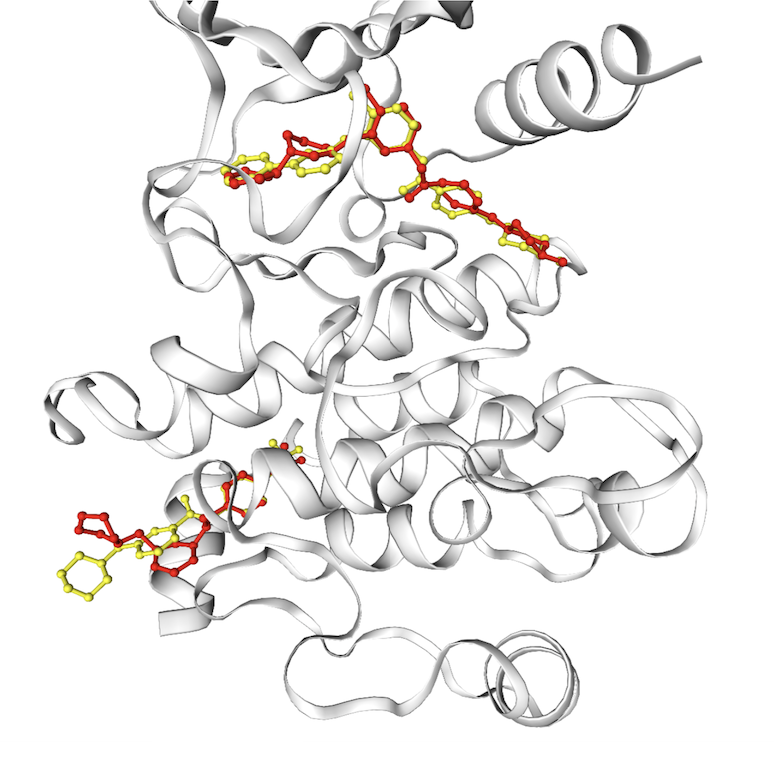Paper on arXiv
TankBind
TankBind could predict both the protein-ligand binding structure and their affinity. If you have any question or suggestion, please feel free to open an issue or email me at wei.lu@galixir.com or shuangjia zheng at shuangjia.zheng@galixir.com.
Installation
conda create -n tankbind_py38 python=3.8
conda activate tankbind_py38
You might want to change the cudatoolkit version based on the GPU you are using.:
conda install pytorch cudatoolkit=11.3 -c pytorch
conda install torchdrug pyg biopython nglview -c milagraph -c conda-forge -c pytorch -c pyg
pip install torchmetrics tqdm mlcrate pyarrow
p2rank v2.3 could be downloaded from here:
https://github.com/rdk/p2rank/releases/download/2.3/p2rank_2.3.tar.gz
Prediction
We use the prediction of the structure of protein ABL1 in complex with two drugs, Imatinib and compound6 (PDB: 6HD6) as an example for predicting the drug-protein binding structure.
examples/prediction_example_using_PDB_6hd6.ipynb
Dataset construction
Scripts for training dataset construction will be released later.
High-throughput virtual screening
TankBind also support virtual screening. In our example here, for the WDR domain of LRRK2 protein, we can screen 10,000 drug candidates in 2 minutes (or 1M in around 3 hours) with a single GPU. Check out
examples/high_throughput_virtual_screening_LRRK2_WDR.ipynb

